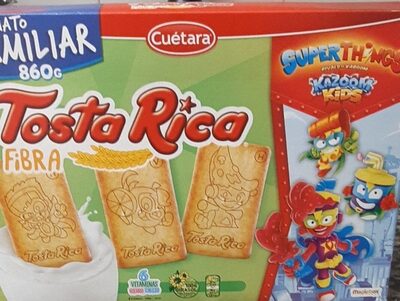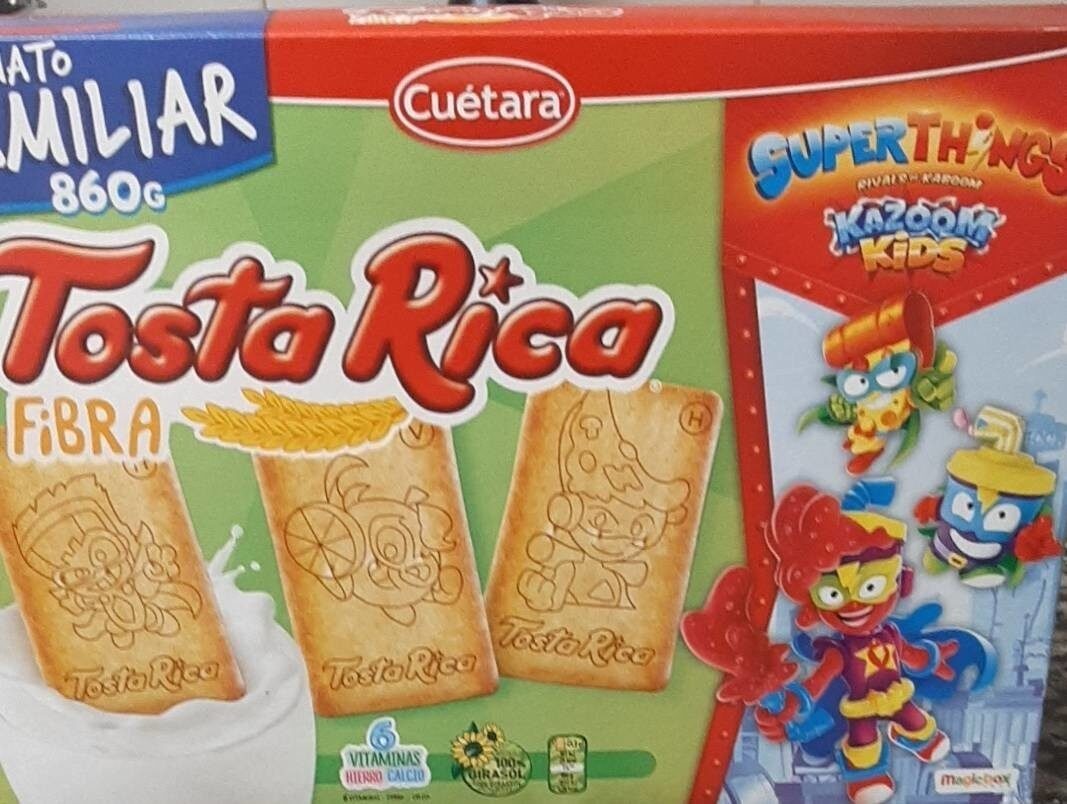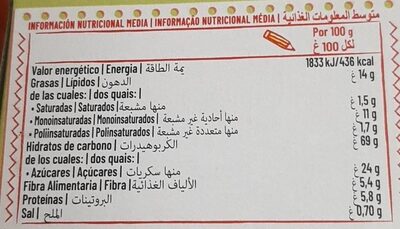Fibra galletas con vitaminas hierro calcio y - Cuétara
Aquesta pàgina del producte no està completa. Podeu ajudar a completar-la editant-la i afegint-hi més dades a partir de les fotos ja disponibles, o fent-ne més amb l'aplicació de androide o iPhone / iPad. Gràcies!
×
Codi de barres: 8434165486515 (EAN / EAN-13)
Marques: Cuétara
Categories: en:Botanas, en:Galletas, en:Galletas y pasteles, en:Snacks dulces
Matching with your preferences
Entorn
Empaquetament
Transport
Report a problem
Fonts de dades
Producte afegit per kiliweb
Última modificació de la pàgina del producte per halal-app-chakib.
La pàgina del producte, també editada per ecoscore-impact-estimator, elcoco, lolich, musarana, openfoodfacts-contributors, roboto-app, yuka.IblyEfiiH-17NsGK64k_3xmZLdjDEfx0ASMsog, yuka.Vjc0QVRaZ2dwY0VWb1BBMTBVUDE5ZGhQNUx1RlVVU1lDc3d3SUE9PQ, yuka.sY2b0xO6T85zoF3NwEKvlkAeDdP_gA3Jajv5lkDay4_fD4PIPctz3Zr-Y6o.
Si les dades són incorrectes o incompletes, pot completar o corregir editant aquesta pàgina.










